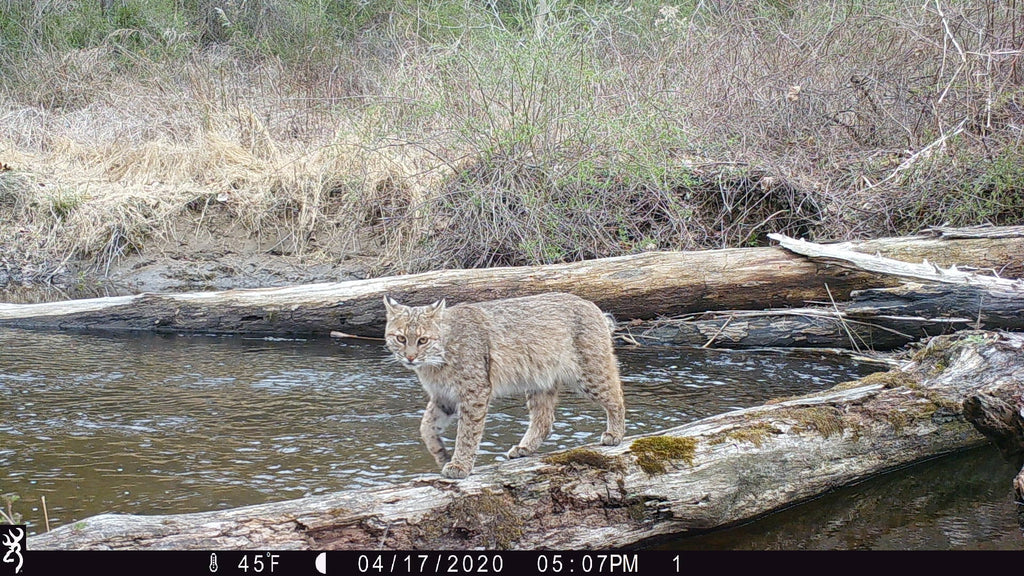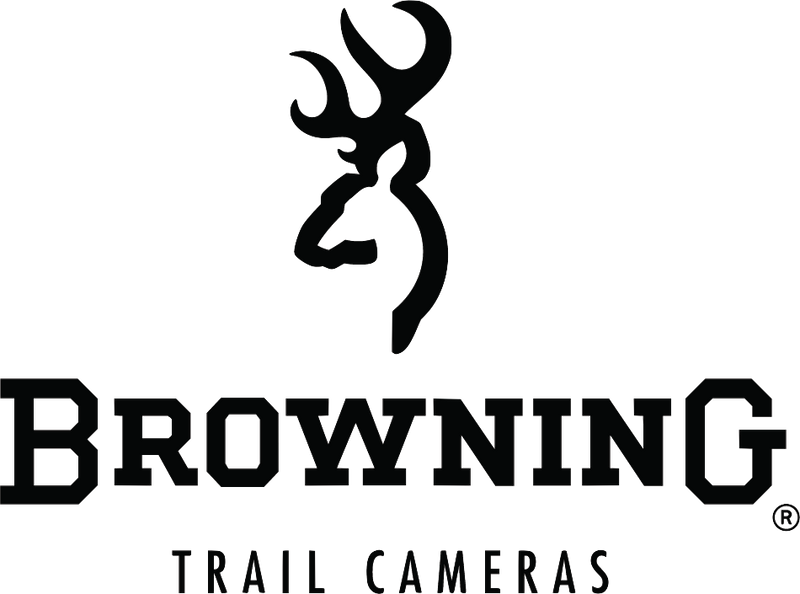All Season Trail Camera Guide for Landowners

Image: John Foley - Hollow Nature Preserve
Whether you are checking on livestock, tracking wildlife, or keeping an eye on property boundaries, trail cameras are one of the most useful tools a landowner can have. From spring to winter, they give you reliable eyes in the field so you always know what’s happening on your land—day or night, rain or shine.
Why Trail Cameras Are a Year-Round Tool
Gone are the days when trail cameras were used only during hunting season. Today, more landowners rely on these cameras year-round to monitor wildlife, protect property, and manage habitat. Your land is always changing, and so is the activity on it. With trail cameras, you get real-time insights into seasonal shifts, animal behavior, and property usage that help you make more informed decisions.
Over time, trail cams reveal long-term patterns, pinpoint problem areas, and offer a clear view of what’s really happening on your property, without being there in person.
Spring and Summer Habitat Growth and Wildlife Activity
As everything comes to life in the spring, your trail cameras can show you what’s returning to your land and what’s new. Use them to:
● Track whitetail fawning areas and doe movement
● Monitor turkey nesting behavior and poult survival
● Detect predator activity near livestock or vulnerable game birds
● Watch for signs of feral hogs or invasive species
● Monitor food plot growth and vegetation changes
● Observe watering areas as rainfall affects creeks, ponds, and low spots
● Spot new trails or bedding areas developing in overgrown sections
● Monitor pollinator-friendly plots or native plant restoration zones
Spring and summer are prime times for spotting changes early. Cameras help you protect young wildlife, manage habitat growth, and make timely improvements around your property.

Fall Wildlife Movement and Property Use
Autumn is an active season. Not just for wildlife, but also for people. Trail cameras give landowners a clear view of:
● Buck movement during pre-rut and rut phases
● Increased coyote or bobcat activity
● Trespassing or unauthorized use of your land during hunting season
● Shifts in wildlife feeding habits as crops are harvested
● Deer, turkey, and other game following changing food sources
● Travel corridors between bedding and feeding areas
● Human access points or areas of increased pressure from nearby properties
● Fence damage or gate access from animals or equipment
This is also the perfect time to evaluate where your land gets the most traffic, and whether you need to add signage, reinforce boundaries, or redirect movement with trails or fencing.
Winter Security and Cold Season Behavior
Don’t underestimate the value of trail cameras during the quietest months. Winter is when your cameras can really step up:
● Keep watch over barns, driveways, gates, and storage areas
● Catch trespassers or unusual vehicle activity when fewer people are around
● Monitor predator pressure around livestock during the harshest weather
● Track how deer and other animals bed down and travel in snowy conditions
● Check trail accessibility and see where fallen trees or snow buildup block paths
● Monitor water sources and feed stations that may freeze or dry up
● Watch for winter-specific threats like storm damage or downed fences
Cold-weather cameras can help you stay ahead of problems when it’s not practical—or safe—to patrol your land in person.

Image: Jake Busse
What to Look for in a Year-Round Trail Camera
Not all trail cameras are built to handle the demands of every season. For full-year use, landowners should look for cameras with:
● Rugged, weatherproof housings that stand up to rain, snow, heat, and humidity
● Long battery life with the option to add solar power for extended use
● Fast trigger speeds and recovery times to capture even quick movement
● Invisible infrared flash for low-profile nighttime monitoring
● High-resolution photos and HD video for accurate identification
● Time-lapse mode for monitoring habitat changes or food plots
● Easy-to-use interface with simple setup and media management
Browning Trail Cameras are built for landowners who need dependable performance in real-world conditions. They’re trusted by those who rely on clear data and consistent results year-round.
Tips for Using Cameras Year Round
To get the most from your trail cameras, adjust their placement and purpose throughout the seasons. Some helpful spots include:
● Entry points, gates, and roadways for added property security
● Around barns, outbuildings, or sheds to monitor activity and access
● Along game trails, creek crossings, and watering holes
● At mineral licks, feeders, or food plots as they change throughout the year
● Around new plantings or habitat restoration areas
● Facing potential problem areas like fences, erosion spots, or timber cuts
Rotate your cameras based on seasonal movement and goals. Consistent use builds a more complete picture of your land, allowing for better decision-making and peace of mind.
Stay Connected to Your Land All Year Long
Whether you're managing a large piece of property or keeping watch over a family farm, trail cameras make it easier to care for the land you love. When used throughout the year, they help you respond faster, plan smarter, and protect what matters most.
Ready to take year-round property monitoring to the next level?
Explore Browning Trail Cameras built for landowners who need performance they can count on in every season.
